I am trying to delete a folder using robocopy mirroring like this:
Start-Process -FilePath "robocopy.exe" -ArgumentList "$emptyDir $sourcePath /mir /e /np /ns /nc /njs /njh /nfl /ndl" -Wait -PassThru -NoNewWindow but still get a line of output for every deleted file 
I tried adding >nul 2>&1 as explained in another answer here Start-Process -FilePath "robocopy.exe" -ArgumentList "$emptyDir $sourcePath /mir /e /np /ns /nc /njs /njh /nfl /ndl >nul 2>&1" -Wait -PassThru -NoNewWindow but still get the same output.